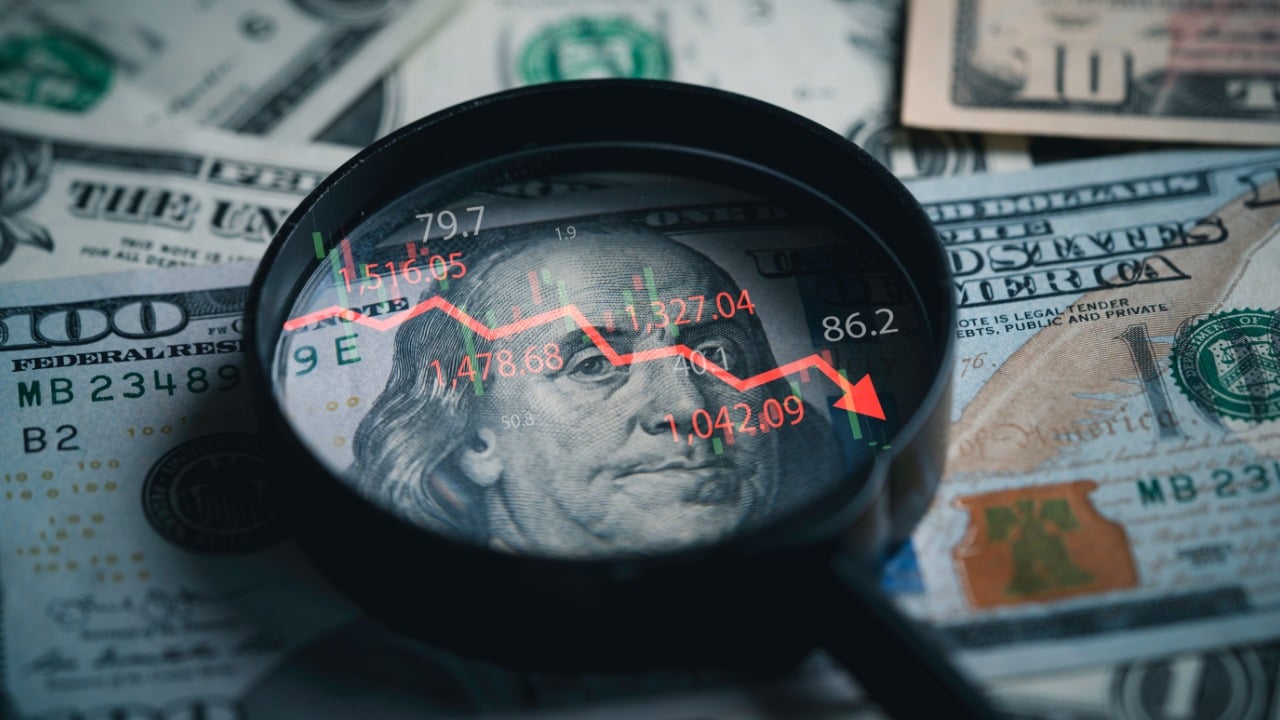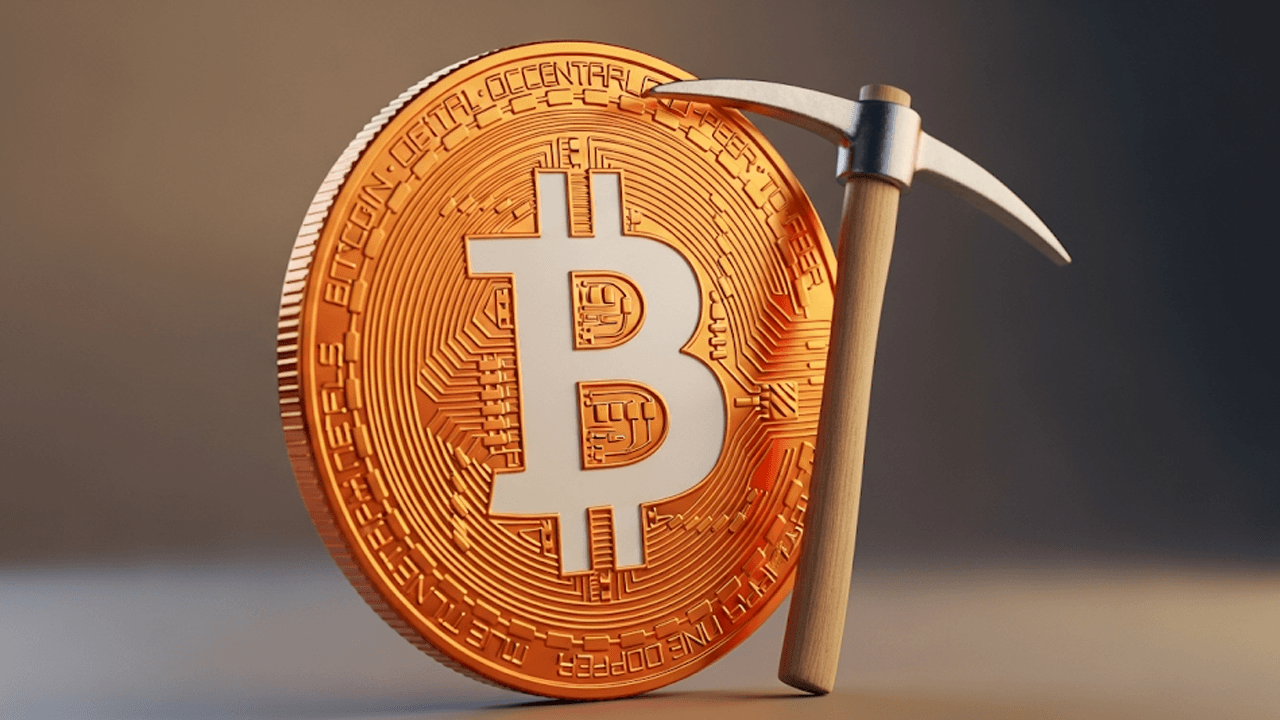The Moon, Earth’s closest celestial neighbor, has long been a source of fascination and inspiration. Beyond its poetic allure, recent scientific discoveries have revealed a staggering economic opportunity: a vast, untapped reservoir of platinum and other precious metals hidden beneath its surface. Estimated to be worth trillions of dollars, this lunar treasure trove is not just a scientific curiosity but a potential game-changer for global industries and space exploration.
The Hidden Lunar Fortune: Platinum and Beyond
For decades, the idea of mining the Moon conjured images of astronauts hauling back bags of gold. However, the reality is far more intriguing. Recent studies in planetary science have identified significant deposits of platinum-group metals (PGMs) beneath the lunar surface. These metals, including platinum, palladium, and rhodium, are critical to modern industries, from automotive catalytic converters to advanced electronics and green energy technologies like hydrogen fuel cells.
The economic implications of this discovery are profound. Current estimates suggest that the lunar platinum reserves alone could be worth upwards of $1 trillion. This figure dwarfs the value of Earth’s known platinum reserves, which are concentrated in a few politically volatile regions. The Moon’s platinum deposits, if accessible, could revolutionize global supply chains, reducing dependence on terrestrial mining and mitigating geopolitical risks associated with resource scarcity.
Why the Moon? The Strategic Value of Lunar Resources
Earth’s finite resources are increasingly strained by industrial demand. Platinum, in particular, is a rare and valuable metal, with global production heavily concentrated in South Africa and Russia. This concentration creates vulnerabilities in supply chains, as geopolitical tensions or disruptions can lead to shortages and price volatility. The Moon, by contrast, offers a stable, untapped source of these critical materials.
Beyond platinum, the Moon harbors other valuable resources, including rare isotopes like Helium-3, which could be used as fuel for future fusion reactors, and water ice, essential for sustaining human life and as a feedstock for rocket fuel. The combination of these resources makes the Moon a strategic asset for both economic and scientific advancement.
Technological and Logistical Challenges
Despite the promise of lunar mining, the path to exploitation is fraught with challenges. The Moon’s harsh environment—extreme temperature fluctuations, radiation, and microgravity—poses significant obstacles to mining operations. Additionally, the cost of transporting equipment and extracted materials back to Earth is currently prohibitive. To make lunar mining economically viable, technological innovations are essential.
Advances in robotics, in-situ resource utilization (ISRU), and reusable launch vehicles are critical to overcoming these hurdles. Companies like SpaceX and Blue Origin are at the forefront of developing the infrastructure needed for sustainable lunar exploration and resource extraction. However, significant investment and collaboration between governments, private enterprises, and scientific institutions will be required to turn this vision into reality.
Economic and Environmental Implications
The potential extraction of trillions of dollars worth of resources from the Moon could have far-reaching economic and environmental consequences. On the one hand, an influx of platinum and other metals could alleviate scarcity on Earth, potentially lowering prices and making these materials more accessible to industries worldwide. On the other hand, the sudden availability of such wealth could disrupt traditional mining economies, leading to job losses and economic instability in regions dependent on terrestrial mining.
Environmental concerns are also paramount. While lunar mining may seem less harmful than terrestrial mining, the potential for pollution and ecological damage cannot be ignored. The Moon’s lack of atmosphere and active geology mean that any contamination could have long-lasting effects. Responsible stewardship and international cooperation will be essential to ensure that lunar exploitation does not repeat the environmental mistakes of the past.
The Race to Exploit Lunar Wealth
The race to harness the Moon’s resources is already underway. Visionary entrepreneurs like Elon Musk and Jeff Bezos are investing heavily in space infrastructure, positioning their companies, SpaceX and Blue Origin, respectively, to lead the charge in lunar exploration and resource extraction. Governments, too, are recognizing the strategic importance of the Moon, with nations like the United States, China, and Russia launching ambitious lunar missions.
The legal and regulatory framework governing lunar resource exploitation remains uncertain. The Outer Space Treaty of 1967 prohibits nations from claiming sovereignty over celestial bodies but does not explicitly address the rights to extract and utilize resources. As the race to the Moon intensifies, international agreements and clear guidelines will be necessary to prevent conflicts and ensure equitable access to these valuable resources.
Conclusion: A New Era of Lunar Exploration
The discovery of trillion-dollar platinum deposits on the Moon heralds a new era in human exploration and economic opportunity. The Moon is no longer just a destination for scientific inquiry but a potential hub of industrial activity, fueling technological innovation and economic growth on Earth and beyond.
Unlocking the Moon’s resources will require ingenuity, collaboration, and vision. As humanity stands on the precipice of this new frontier, the choices made today will shape the future of space exploration and resource utilization. The Moon, once a symbol of mystery and inspiration, is poised to become the cradle of a new economic paradigm—one where the stars are not just a destination but a source of untold wealth and opportunity.





